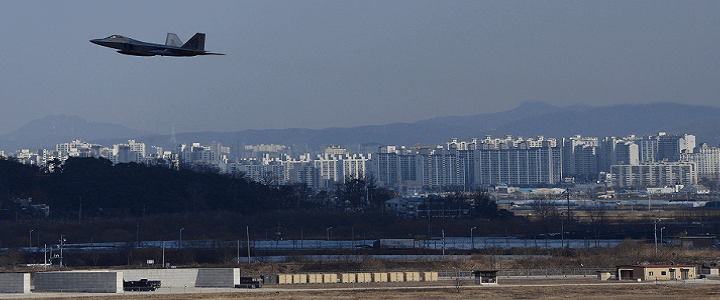So much has been happening on the domestic front lately that it’s hard to believe it’s been less than a month since the June 12 Singapore summit between President Donald Trump and North Korean Chairman Kim Jong-un. When the two men met, Trump had high hopes for the future, going so far as to declare (foolishly, I might add) that the Democratic People’s Republic no longer posed a nuclear threat to the U.S.
When the president parted ways with Kim, he said that he had secured a promise from Kim that, “North Korea is already destroying a major missile engine testing site.” While there are a total of six launch test sites, most observers believed he was talking about the engine test facility at Sohae. Website 38 North’s analysis of satellite imagery from the day of the summit showed that despite Trump’s assertion that demolition was already underway, there was no visible evidence of any dismantlement.
So right off the bat, there’s at least a case to be made that we’re seeing more empty promises from the DPRK. But despite a general sense of pessimism in the weeks following the summit, there is still hope for progress. The latest indications that Kim is a different animal than his father and grandfather came over the weekend.
A new pledge
It’s easy to assume that Kim is just an extension of the same ideology that drove the regimes of his father, Kim Jong-il, and his father before him, Kim Il-sung, founder of the DPRK. But there are indications both large and small that Kim Jong-un is blazing his own trail and consolidating his rule in his own right.
On Saturday, UK newspaper The Telegraph reported that Kim introduced a new version of the pledge of allegiance that all North Koreans have been required to recite since 1970. The new pledge, half as long as its predecessor, virtually eliminates any mention of the two previous rulers. This would have been unthinkable just a year ago.
The Soviets used to erase apostates from history. In 1954, Josef Stalin executed the chief of the Soviet Union’s secret police, Lavrenti Beria, for treason. Beria became what was known as a “non-person,” someone who never existed. The government went so far as to send owners of the official state encyclopedia new pages to replace Beria’s entry, with the instructions that “The aforementioned pages should be cut out with scissors or blade, leaving inside a margin on which the new pages can be pasted.”
Kim Jong-un isn’t making Kim Jong-il and Kim Il-sung non-persons, but his move is significant. It wasn’t so very long ago that the world was wondering how a 27-year-old (we assumed) without much apparent formal grooming could assume the leadership of what is one of the world’s most repressive nations. But after a few brutal power plays — like executing his uncle and assassinating his half-brother with nerve agent in a Malaysian airport — the latest version of a Kim dynasty dictator finds himself fully in control. He’s comfortable enough in his position to be forcing out older, more hardline members of his government.
Planes, trains, and automobiles
Another smaller indicator was Kim’s travel decisions. Kim’s father was afraid to fly, so he used a custom-built armored train wherever he traveled. When Kim Jong-un traveled to Beijing in March to discuss the upcoming summit with President Xi Jinping, he took his father’s train in a symbolic display of continuity. But when he revisited the Chinese leader days before traveling to Singapore, he ditched the armored train for an airplane. And of course, he then flew on to the summit.
I’m not fooling myself (or trying to fool you) into believing that Kim is ready to reverse completely from the course his country has taken for the past 70 years. But he’s definitely proving to be much more adept at navigating the international stage than his predecessors. Major symbolic steps like removing his father and grandfather from the national oath should not be dismissed lightly.
He’s his own man, and we should probably start judging him based on what he does, not what his ancestors did.




